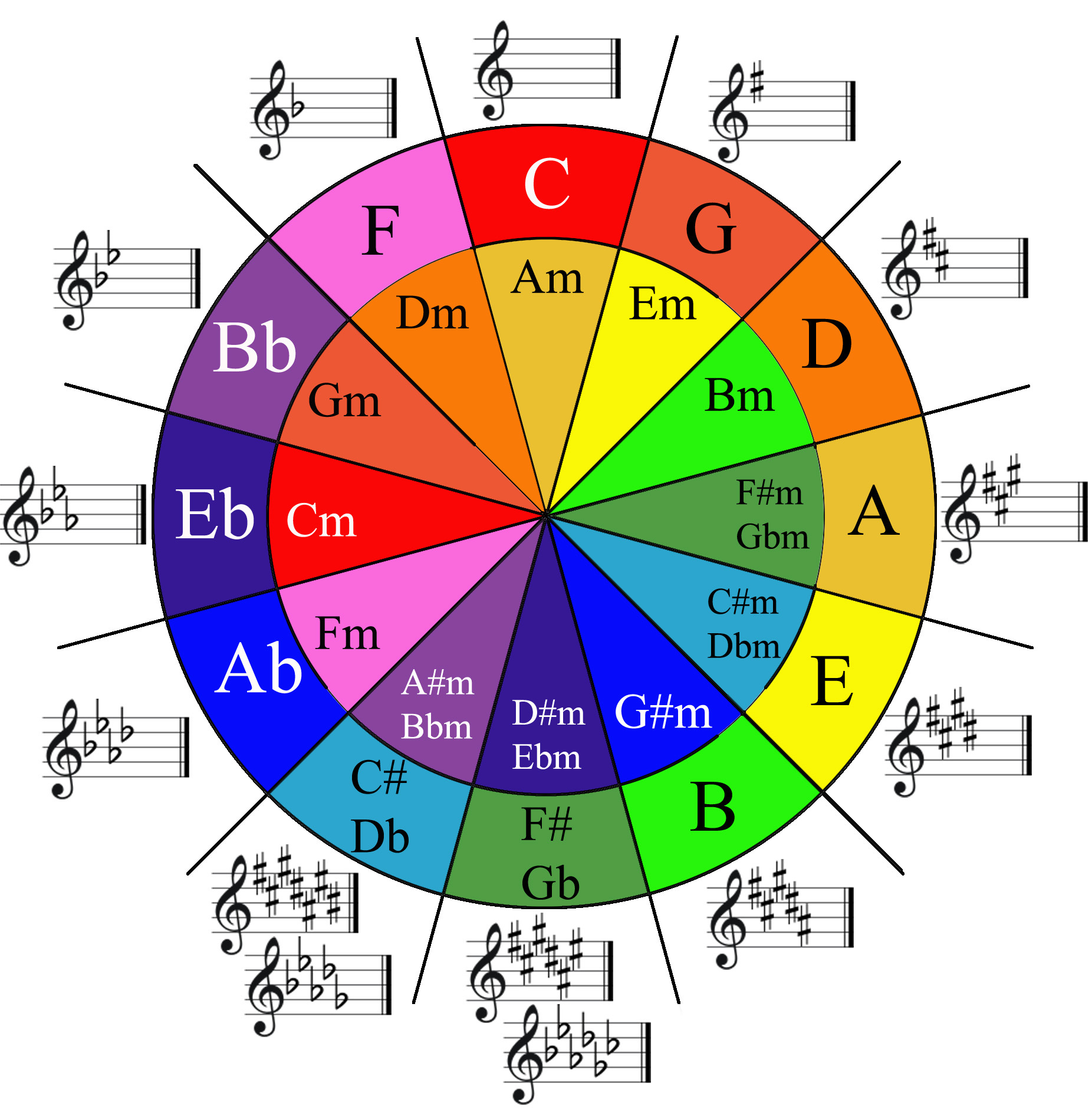Hello, My Favorite Song of the Day is Loquat’s Shaky Like The Flu. It’s main progression is G, EbMAJ7, Bb, D7. I have been trying to understand this from the perspective of the Circle of Fourths and Fifths. After the initial G, I’d expect a C or a D, but they go to a EbMAJ7, which I think sounds lovely especially because of how the bassist emphasizes it; however, I don’t understand theoretically why these chords work. Are all of these chords in a particular key? Perhaps someone strong in music theory can offer insight. Thanks.



If you pretend the song is in g-minor (which has a B-flat) those chords make a lot more sense: Eb becomes the bVI chord (super common in minor-key songs), and Bb becomes the bIII (also pretty common — what’s known as the relative major of g-minor). The Eb also serves the function of IV / bIII here — basically it just acts like a pivot between the original g key and its relative major (Bb); note that Eb is the bVI chord in the key of g minor, but also the IV chord in the key of Bb. D7 would be the V chord in G major or minor, so it doesn’t sound especially out of place like the others do, and leads the progression nicely back to G.
The reason the middle two chords sound especially interesting here is that the song is not in g minor — instead of having that flatted third in the chord (i.e. Bb) it has the major third (B natural), which creates a neat half-step dissonance when played next to chords that do have it flatted (like Eb and Bb). G minor has its own chords separate from those of G major due to how a g minor scale is constructed; borrowing from a key’s parallel major/minor can yield some really interesting chord progressions/sounds (such as the ones you’ve found here).
My theory is a bit rusty, so hopefully that all is accurate and makes sense!
This info. seems quite helpful. A revelation, in fact. I am going to look at the song from the perspective of G minor in order to see how it opens doors in a song that is in G major. I’m also going to consider how the relative majors and minors are used. Maybe today is the day I finally understand the Circle of 4th/5ths. Thank you!